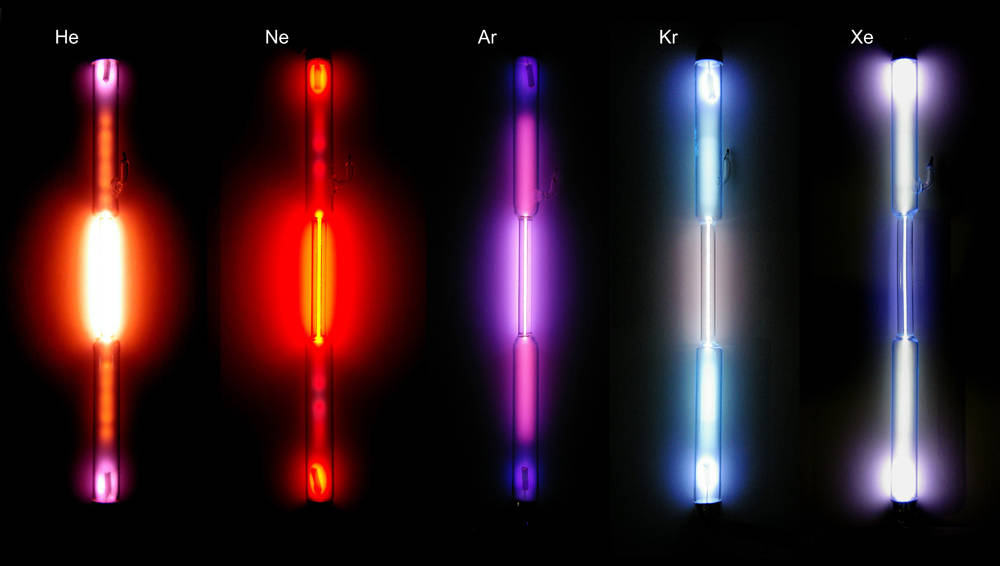|
Our Solar System and
Beyond
[////////// under construction!
//////////]
Objectives
• Know the meaning of key astronomical terms,
including sun, star, planet, solar system, galaxy and
spectral line.
• Know that the light from a star can be used to
determine its composition.
Task 1
Remind the person next to
you:
• The difference between a
transverse and a longitudinal wave.
• Which type of wave a sound
wave is.
• What you would hear as a
source of sound moved past you at high speed, and why.
Task 2
Your teacher will show you
this powerpoint presentation, and explain a few key ideas about what
we find in our solar system and beyond.
When you are happy you
understand, your teacher will give you a
sheet of key terms and their definitions. Try to match each
key term to the correct definition.
Task 3
The light from stars, like
the sun, can be split up into a spectrum, to look at the
component colours making up the light. When we analyse the light
from the sun in this way, we see something a little strange....

The black lines in the
spectrum are known as "spectral lines" or "absorption lines", and they
tell us what elements are present in the star. This powerpoint
presentation shows you the ideas behind this, and the full range of
absorption lines in the sun's spectrum.
Your teacher will show you
emission lines for hydrogen and helium from the vapour discharge lamps,
and explain a little more about emission and absorption spectra.

Task 4
A
Homework/Extension
A
|

